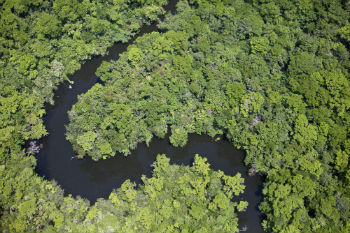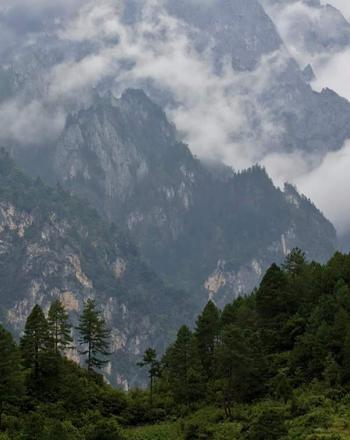Main menu
CEPF is a joint initiative of l’Agence Française de Développement, Conservation International, the European Union, Fondation Hans Wilsdorf, the Global Environment Facility, the Government of Canada, the Government of Japan and the World Bank. A fundamental goal is to ensure civil society is engaged in biodiversity conservation.
Visitez le site français コア情報の日本語翻訳を読むOr use Google Translate to translate the English site to your language:
GTranslate
Priority KBA
Priority Corridor
Other KBA
Other Corridor
Mountains of Southwest China
Previously invested
Investment
2002 to 2013
US$7.9 million
Ecosystem Profile
Ecosystem Profile, 2002
Stats
CEPF Strategy Strategy
About this hotspot About
Investment
Dates:
2002 to 2013
Amount:
US$7.9 million
Eligible Countries
Ecosystem Profile
In 2002, when CEPF began our first investment in the hotspot, civil society in southwest China was at a very early stage of development. Grassroots organizations and local nongovernmental organizations were just beginning to take greater advantage of opportunities to conduct and disseminate analyses of environmental problems, convene to publicly debate development scenarios, and link local conservation issues to national policies and programs. Recognizing this, CEPF focused on catalyzing growth in civil society’s capacity, networking and influence. We capitalized on the fact that civil society was increasingly being viewed by local government as a resource for incorporating community input and technical advice into the development process.
As well as supporting work on the ground, we funded efforts to tackle two of the most severe threats undermining conservation efforts in the hotspot: illegal trade in wildlife and infrastructure development.
The Mountains of Southwest China Biodiversity Hotspot, which stretches from southeast Tibet through western Sichuan and extends into central and northern Yunnan, is the most botanically rich temperate forest ecosystem in the world. Rapid elevation changes of more than 6,000 meter between ridge tops and river valleys support a complete spectrum of vegetation types.
Some 12,000 species of plants grow here, 29 percent of which are found nowhere else. The hotspot is also home to several of the world's best-known and threatened mammals, including the Vulnerable giant panda (Ailuropoda melanoleuca) and Vulnerable snow leopard (Panthera uncia).
The natural diversity of the hotspot is mirrored by great cultural diversity. The region is home to 17 of China’s 55 ethnic minority groups. Over many generations, each of these cultures has accumulated a vast storehouse of indigenous knowledge of natural resources in this unique environment.





